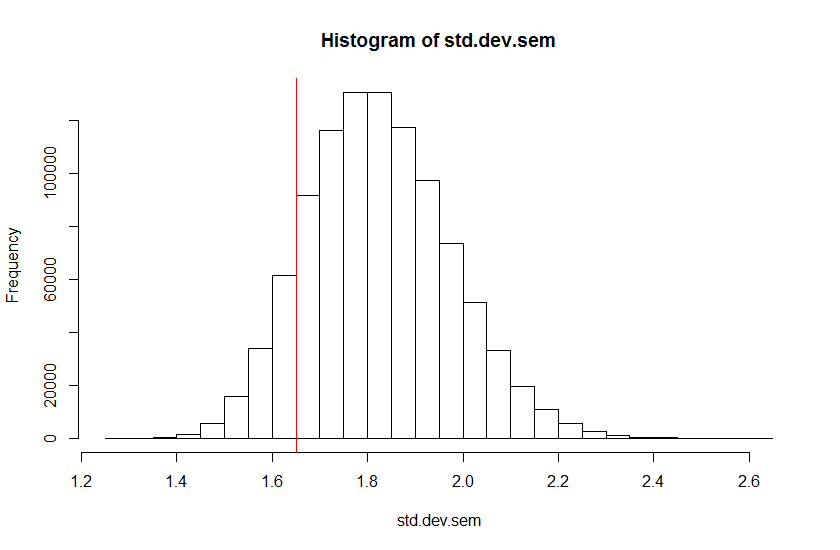
The rounded integers are for display only, and the decimal values are used for all calculations. Histograms display rounded integers as their bin labels, rather than decimals. If the chosen number of bins does not divide evenly into the data range, then bins will be calculated using decimal values.


To create a histogram, complete the following steps: In this case, the pattern that emerges is a normal distribution around the mean with a slight, but likely not significant, skew toward the left. Each bin contains a range of approximately 1 percent, and the data can be examined at a finer scale to see patterns that are not visible when using six bins. The following figure is an example of an appropriate number of bins for the data. Too few bins can hide important patterns, and too many bins can make small but expected fluctuations in data appear important. It's important to choose an appropriate number of bins for your data so that patterns in the data are not misinterpreted. While the data does not change, its appearance can. Increasing or decreasing the number of bins can have an effect on how you analyze your data. The histogram above shows a normal distribution and indicates that the most frequently occurring rates are between the 10 and 14 percent range. A histogram of the frequency of obesity in youth across each state can be used to determine the distribution of obesity rates, including the most and least common frequencies and overall range.

Histograms can answer questions about your data, such as: What is the distribution of numeric values and their frequency of occurrence in a dataset?Ī nongovernmental health organization is studying obesity rates among adolescents in the United States. A histogram is created using a single number or rate/ratio field. Histograms aggregate numerical data into equal interval groups, called bins, and display the frequency of values within each bin.


 0 kommentar(er)
0 kommentar(er)
